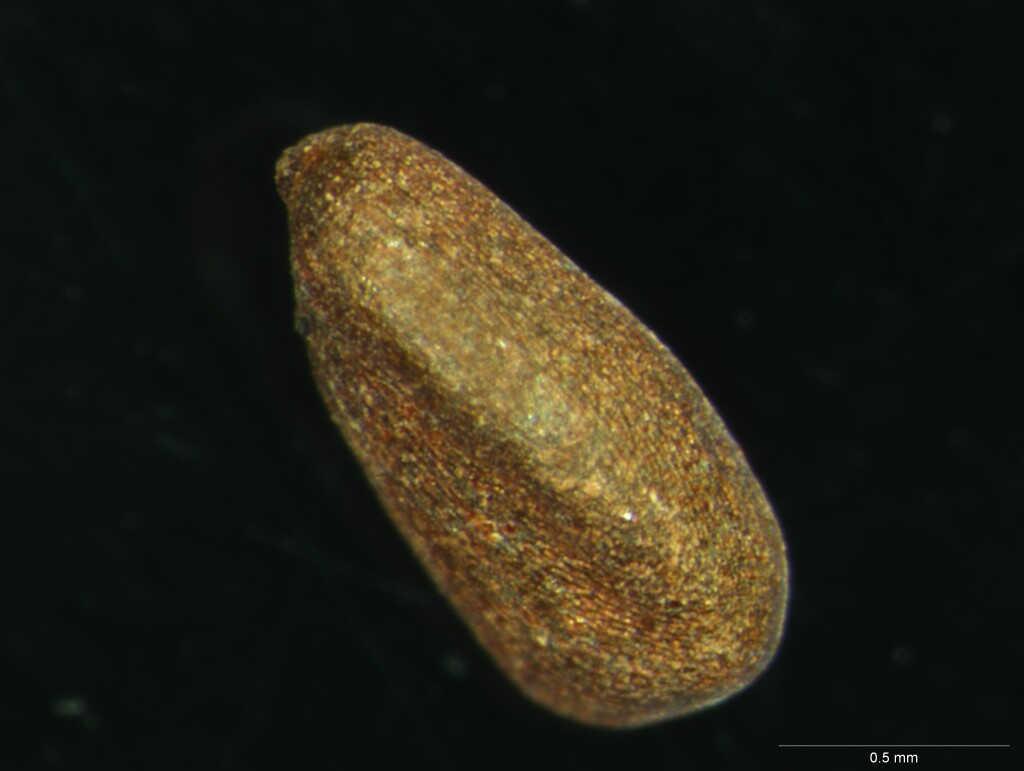Pelargonium inodorum
Willd. KopataWeakly ascending to erect annual or short-lived perennial to 35(–60) cm high; stems, peduncles and pedicels variably covered with spreading long and short eglandular hairs and short glandular hairs or sessile glands; taproot fleshy. Leaves opposite, lamina ovate to cordate, 1–4 cm long, 1–5 cm wide, often shallowly 5–7 lobed, with scattered coarse, spreading or subappressed hairs, margin crenate; petiole 1–5 cm long. Umbels 3–14-flowered; peduncle 3–8 cm long; pedicels 1–5 mm long (to 10 mm in fruit); sepals ovate, 2–4 mm long, acute or acuminate, with scattered short coarse hairs; sepal spur 0.5–1 mm long; petals 2–4 mm long, deep pink, sometimes with darker veins; fertile stamens 3–5. Fruit 10–14 mm long; mericarps pilose. Flowers Sep.–Mar.
GleP, VVP, GipP, OtP, Gold, CVU, GGr, NIS, EGL, EGU, WPro, HSF, HNF, OtR, Strz, MonT, HFE, VAlp. Also Qld, NSW, ACT, Vic, Tas. New Zealand. Widespread in moist lowland to montane woodlands and forests south of the Great Dividing Range, but generally uncommon except following fire or other disturbance.
Smith, L.P.; Walsh, N.G. (1999). Pelargonium. In: Walsh, N.G.; Entwisle, T.J., Flora of Victoria Vol. 4, Cornaceae to Asteraceae, pp. 233–236. Inkata Press, Melbourne.
 Spinning
Spinning


